- 달이 차오른다, 여의도 가자! '서울달' 타고 공중관광
- 서울시대표소통포털 - 내 손안에 서울
I usually turn on the news while getting ready for work every morning.
Right before the weather forecast at the end of the news,a short video of about 20 secondscomes on.
I think many people might not know about this section of the news, so I'd like to introduce it to you.
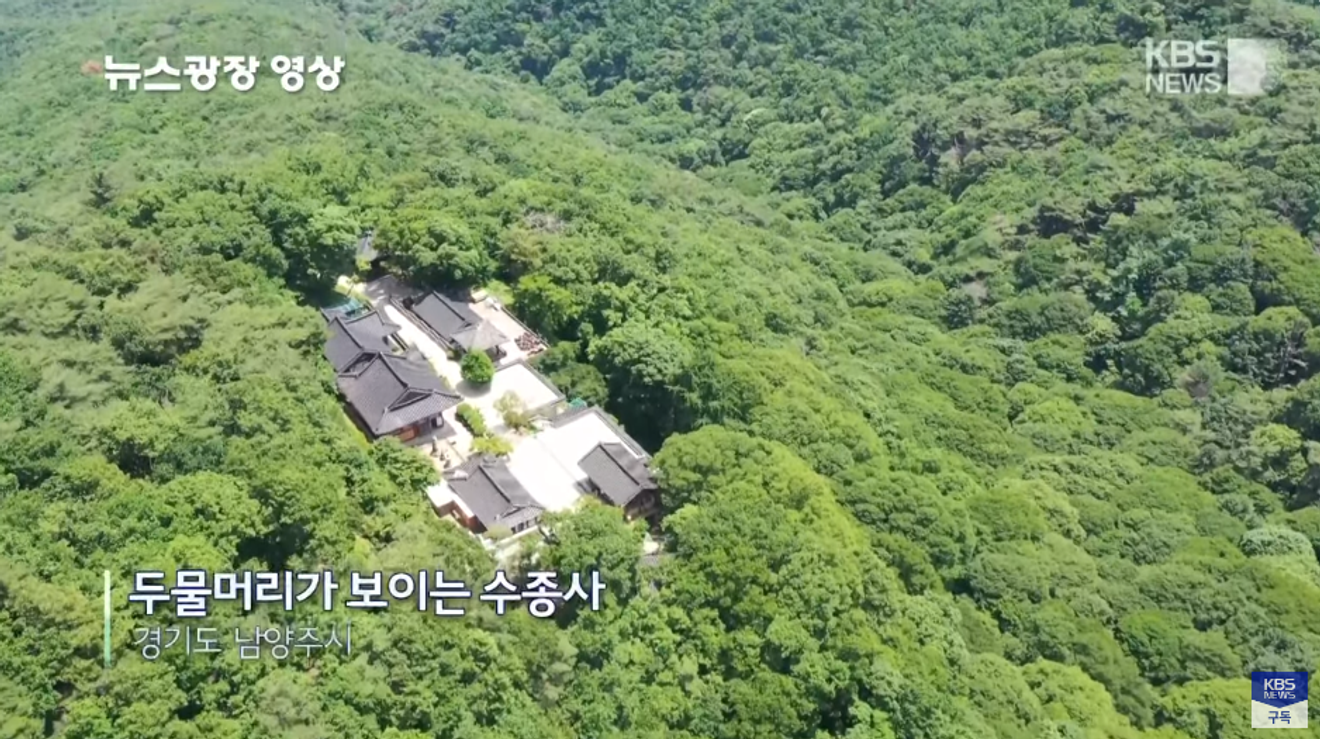
Source: KBS
Sujongsa Temple
It is a branch temple of Bongseonsa Temple located near the summit of Ungilsan Mountain. It is a prime location that Seo Geo-jeong highly praised as the best view among the Eastern Buddhist temples.
You can see the scenery of Yangsuri where the Bukhan River and the Namhan River meet, and the surrounding mountains are also visible.
It is said to have been first built during the Silla Dynasty, but its detailed history is unknown. There is an anecdote related to King Sejo of the Joseon Dynasty.
While returning from Gangwon-do where he went for treatment of his illness, King Sejo spent a night in Yangsuri.
He found the source of a faint bell sound and discovered 18 Arhat statues in a cave.
The sound of the bell was caused by water droplets falling from a rock crevice.
According to legend, King Sejo enshrined the 18 Arhats, built a temple, and named it Sujongsa.
However, the presence of the stupa of Jeongui Ongju, King Sejo's aunt, at the temple suggests that it was already a sizable temple before his time.
It was a place that Jeong Yak-yong cherished throughout his life, comparing the joy of staying at Sujongsa to the 'Three Joys of a Gentleman (Gunja Yusamrak).'
Cho Ui Seonsa, known as the 'Tea Immortal (Dasen),' visited Jeong Yak-yong at Sujongsa and enjoyed the beautiful scenery of the Han River while drinking tea.
As a result, Sujongsa has a deep connection to tea culture.
The temple has built a tea room called 'Samjeonheon' to carry on the tradition of tea culture.
It is renowned as a temple that symbolizes tea culture.
Important cultural properties include the [Sujongsa Bu-do Nae-yu-mul], designated as a national treasure, and the [Sujongsa Five-story Stone Pagoda], designated as a Gyeonggi-do provincial tangible cultural property.
Within the temple grounds, there is a 500-year-old ginkgo tree that was reportedly given by King Sejo.
The scenery is beautiful throughout the four seasons, but the autumn foliage is particularly known for its spectacular beauty.
It takes about 15 minutes to walk 400m from the Sujongsa parking lot to the temple. (Source: Korea Tourism Organization)
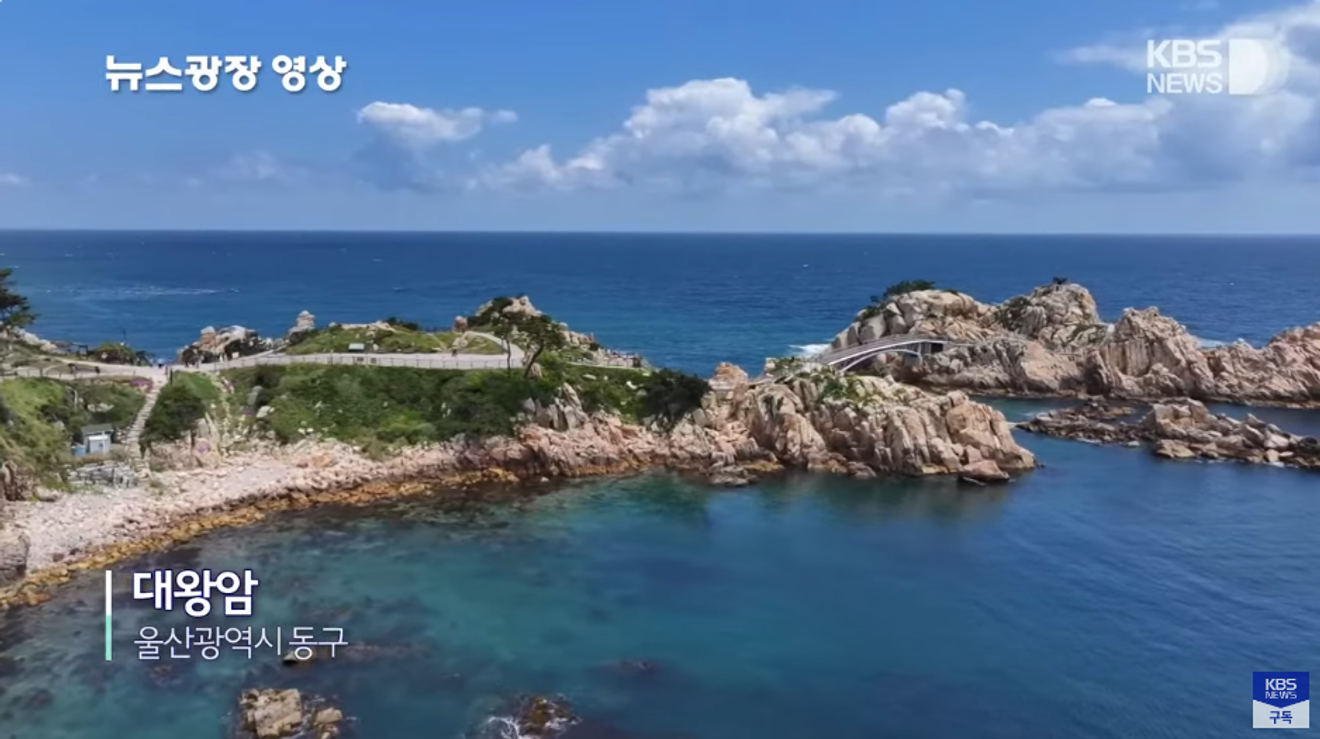
Source: KBS
Daewangam
Address: 110, Deungdae-ro, Dong-gu, Ulsan
Along with Ganjeolgot in Ulju-gun, it is the place where the sun rises earliest in Korea.
Located at the very tip of the southeasternmost part of Korea, protruding out towards the East Sea, Daewangam Park is also known as the Ulgi sea route beacon.
It serves as a guide for ships navigating the East Sea.
The path from the park entrance to the lighthouse is a 600m long pine forest trail.
The shade of tall pine trees that have grown for over 100 years provides a cool and cozy atmosphere.
According to a legend, after the wife of King Munmu of Silla, who achieved the unification of the Three Kingdoms, passed away, she became a guardian dragon and submerged beneath Daeam rock in the East Sea of Ulsan, following her husband.
This mysterious legend has been passed down through generations.
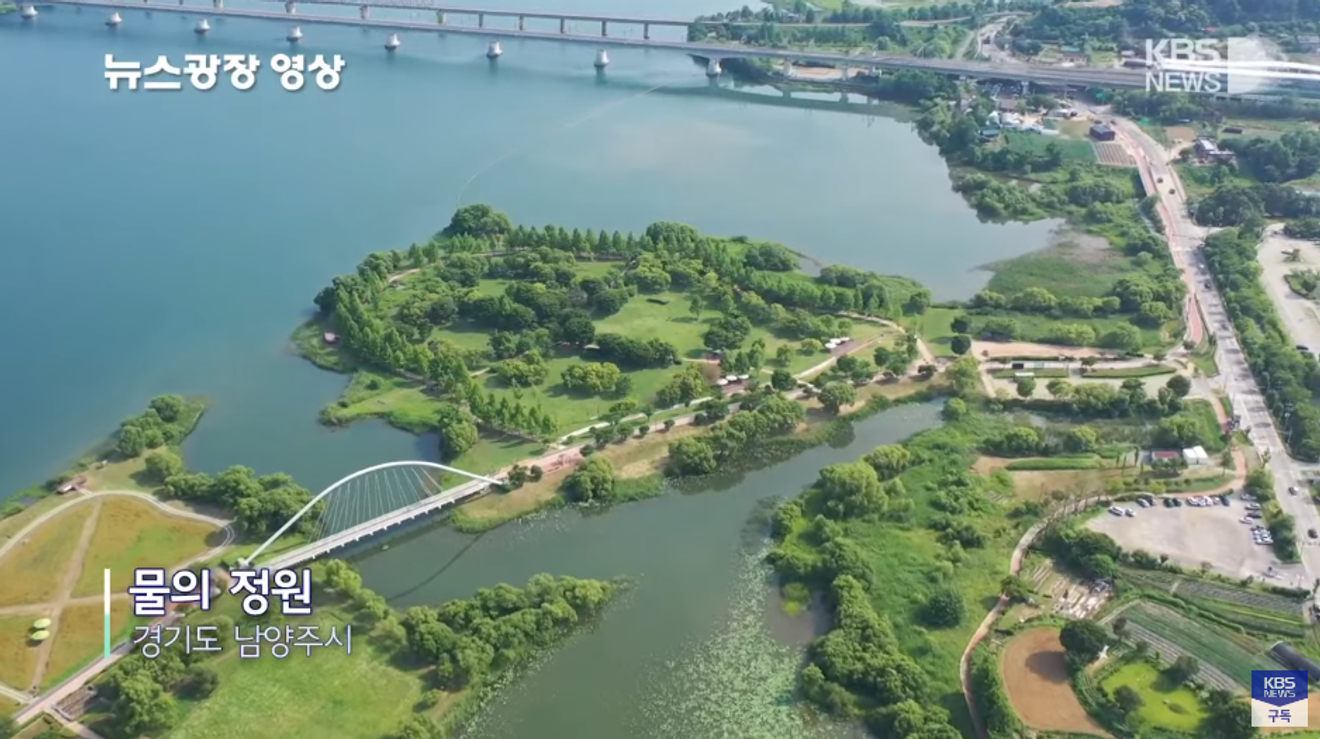
Source: KBS
Garden of Water
It is a vast riverside ecological park covering 484,188㎡, developed by the Ministry of Land, Infrastructure and Transport in 2012 as part of the Han River Revitalization Project.
While it's a local park where people jog and bike along the trails and bike paths,
it's also a tourist destination where outsiders come to enjoy dates.
Crossing the Baetnaddeurigyo bridge, the symbolic bridge of the Garden of Water, you'll find a large flower garden along the riverside trail.
You can enjoy poppies in May and yellow cosmos in September.
Many people visit to enjoy the beautiful scenery of the picturesque Bukhan River and the flower gardens in harmony.
(Source: Korea Tourism Organization)
There's almost no shade on the trails, so a parasol is a must!
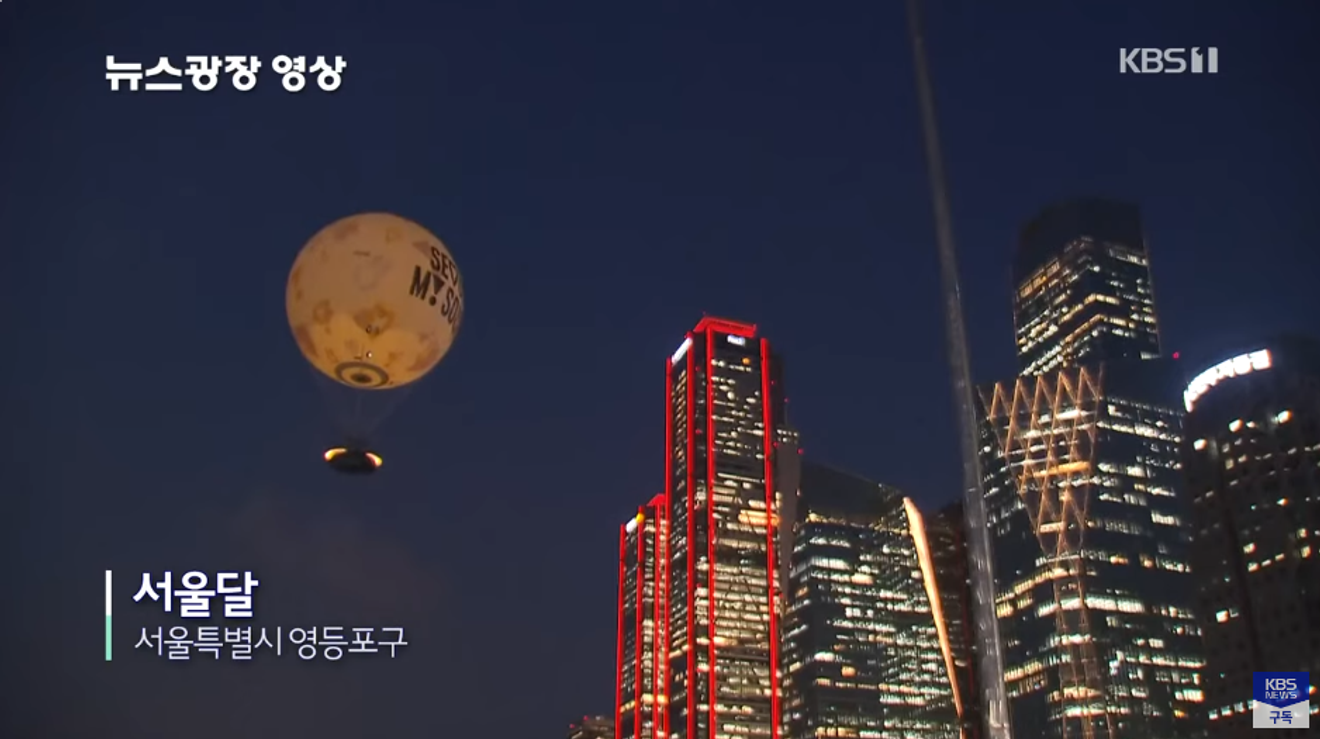
Source: KBS
Seoul Moon
A tethered hot air balloon created with an investment of approximately 3.2 billion won to increase the number of tourists visiting Seoul. It is connected to the ground and cables.
It ascends to a maximum height of 130m and offers a 15-minute view of Seoul's landscape from the sky.
Up to 30 people can ride at a time.
Closed on Mondays (regular maintenance).
Operating hours: 12:00 PM to 10:00 PM daily.
After a trial run from July 6th to August 22nd, it officially opened on August 23rdand is nowoperated for a fee.
It is available at the Seoul Moon boarding area in Yeouido Park, Seoul.
Boarding Fee (Only available for on-site ticketing)
Adult (19 years old to 64 years old): 25,000 won
Child (36 months to 18 years old)/Senior (65 years old and over): 20,000 won
Disabled/National Merit Person (30% discount): 17,500 won
Group of 20 or more people (10% discount): 22,500 won
Climate Action Card (10% discount): 22,500 won
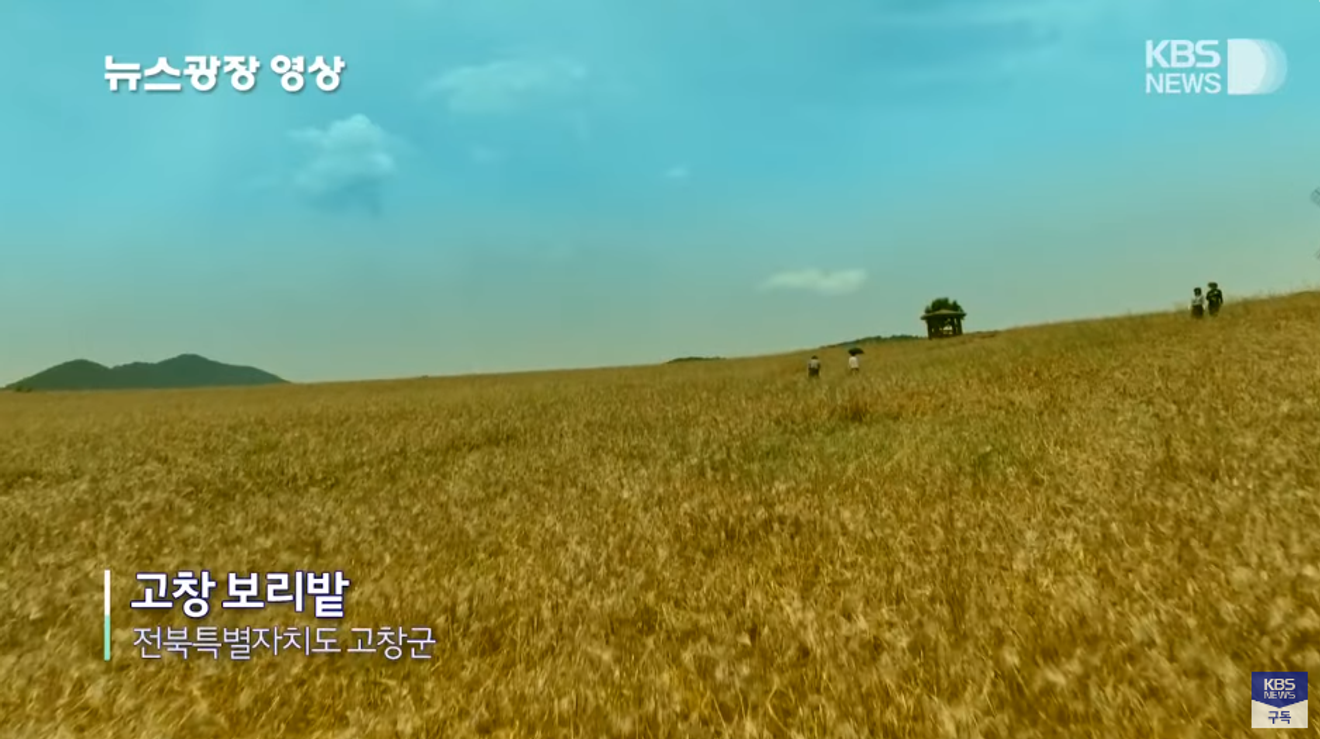
Source: KBS
Gochang Barley Fields
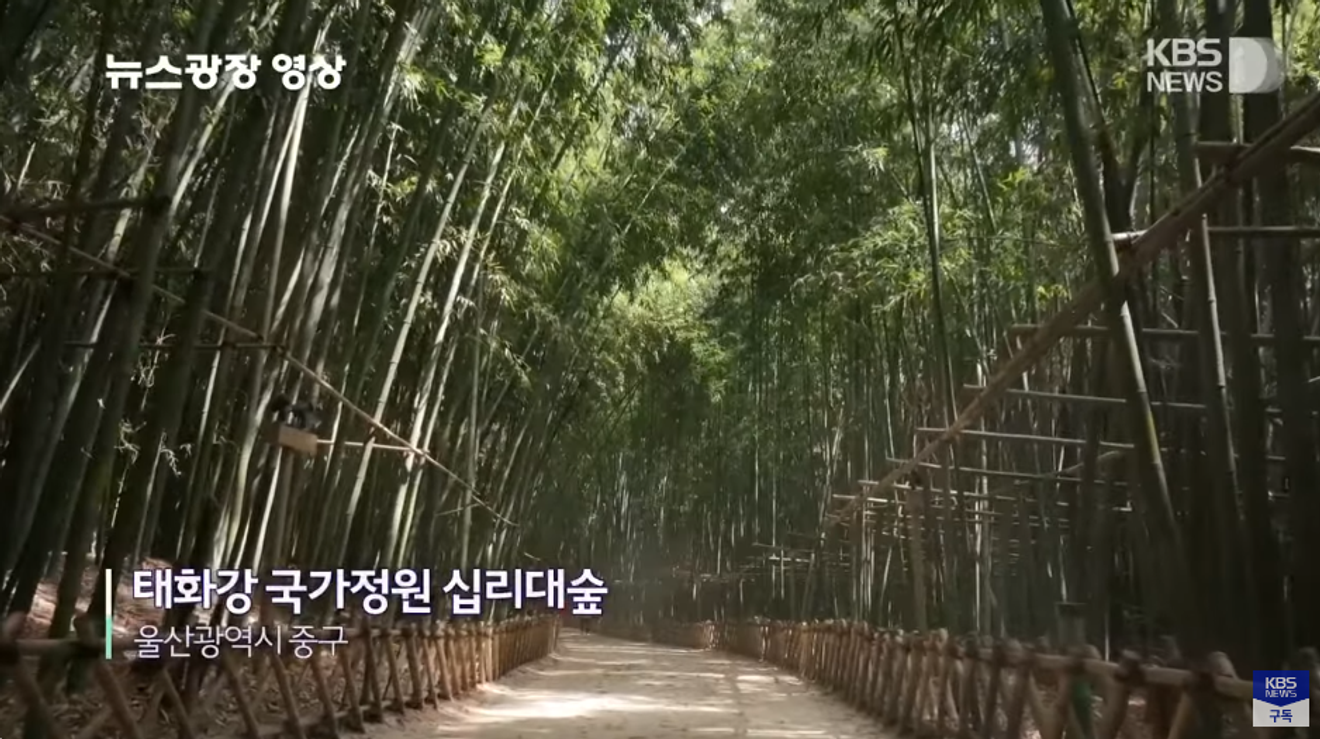
Source: KBS
Taehwa River National Garden, 10-ri Bamboo Forest
The Taehwa River flows through the heart of Ulsan, serving as the lifeblood of the city.
The basin, spanning approximately 36㎢ east-west and 28㎢ north-south, is mostly mountainous.
Fertile plains stretch along both sides of the river and the lower reaches. Today, it serves as a vital source of drinking water for the citizens of Ulsan.
The 10-ri Bamboo Forest is a bamboo forest that stretches for 10 ri (approximately 4km) along the Taehwa River.
It is a natural garden utilizing approximately 500,000 bamboo plants that have grown naturally over a long period.
At night, colorful lights illuminate the bamboo forest, creating an atmosphere reminiscent of the Milky Way in the night sky.
The 'Milky Way Path' has become an essential and unique viewing spot.
I recommend taking a walk through the bamboo forest and experiencing the diverse charm of day and night, enjoying a healing moment in the heart of the city.
(Source: Korea Tourism Organization)


Comments0